SAP HANA News by XLC

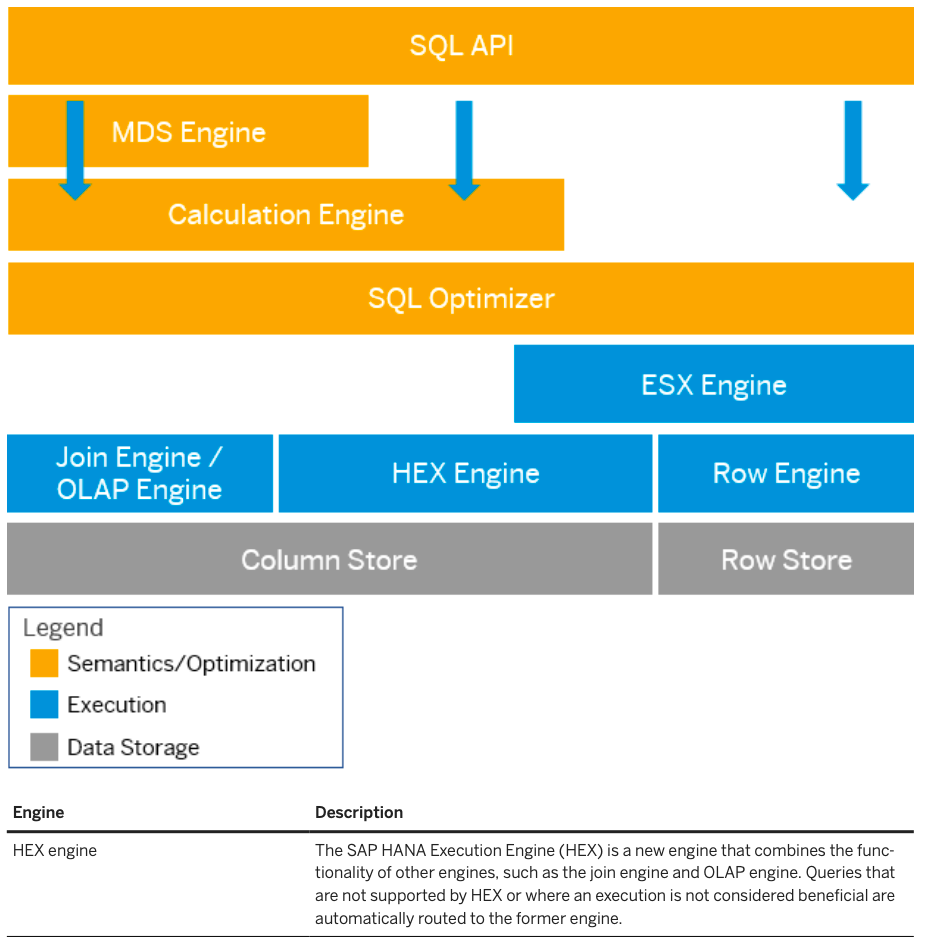
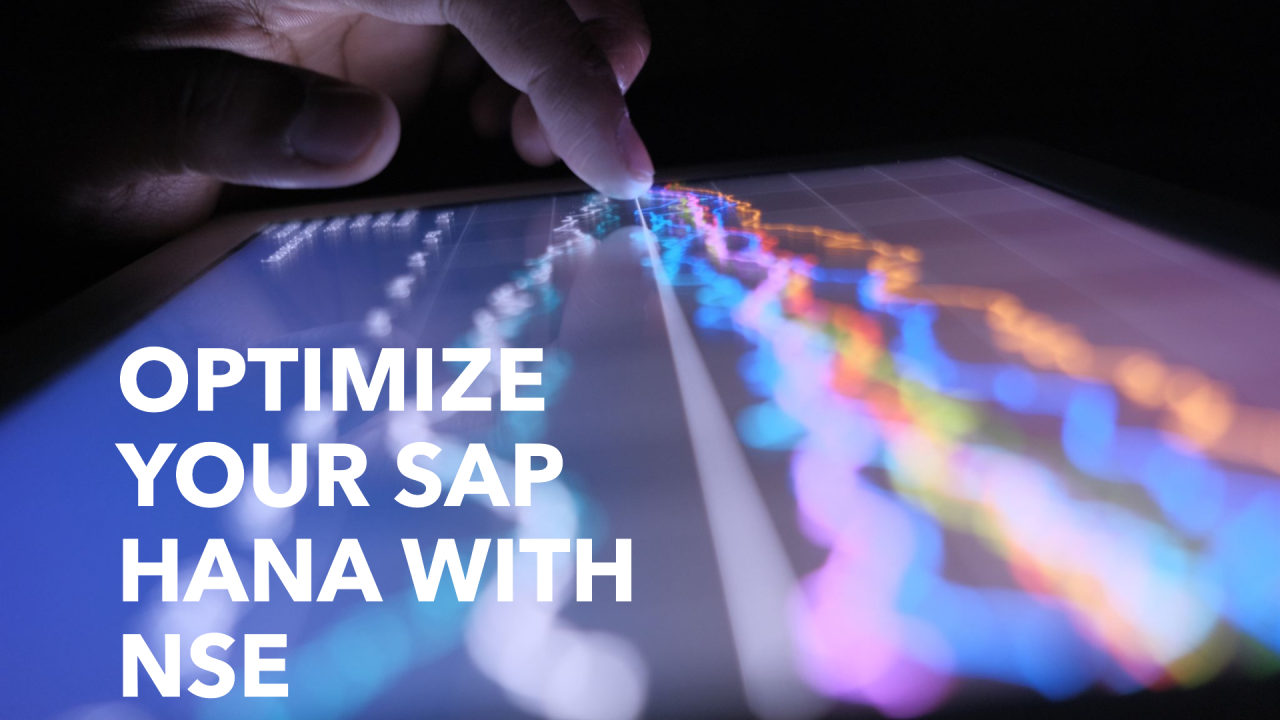
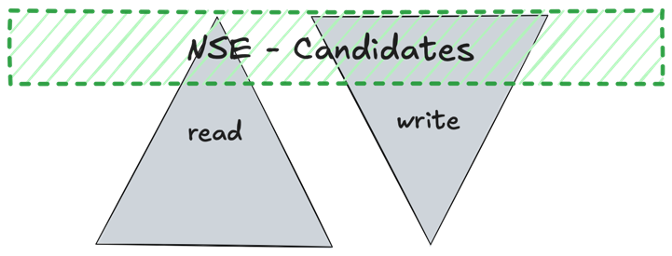
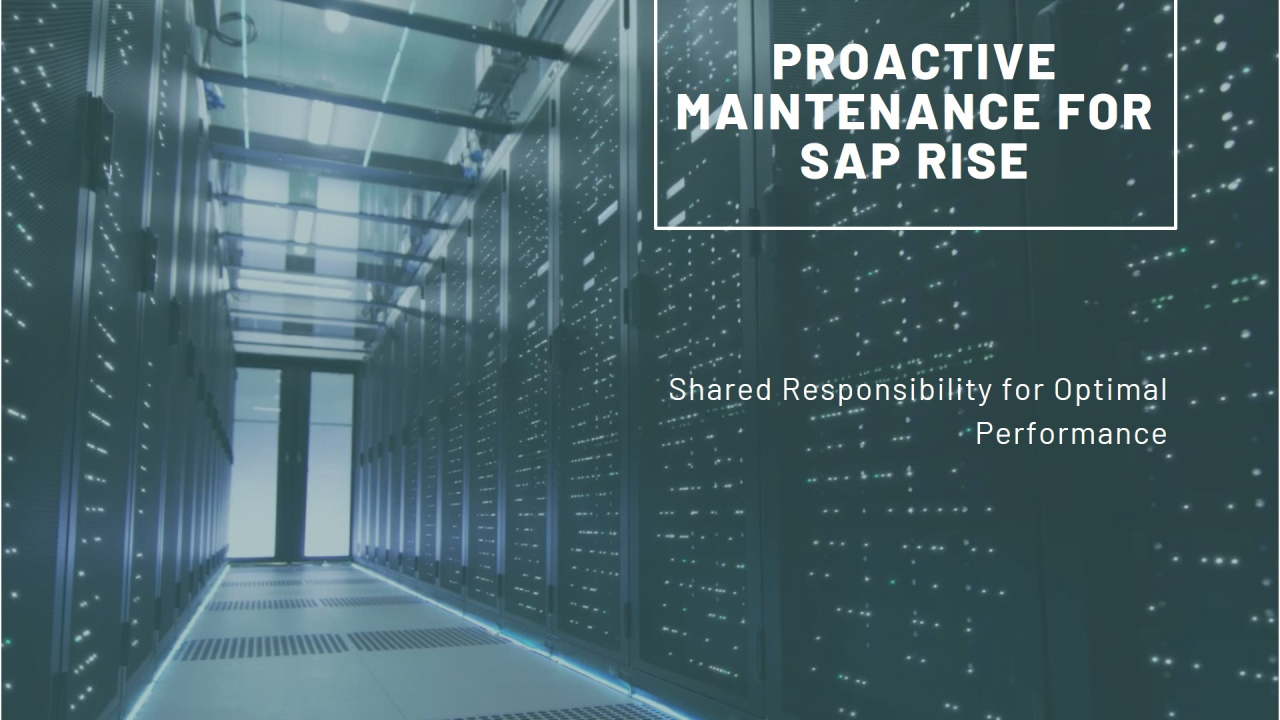
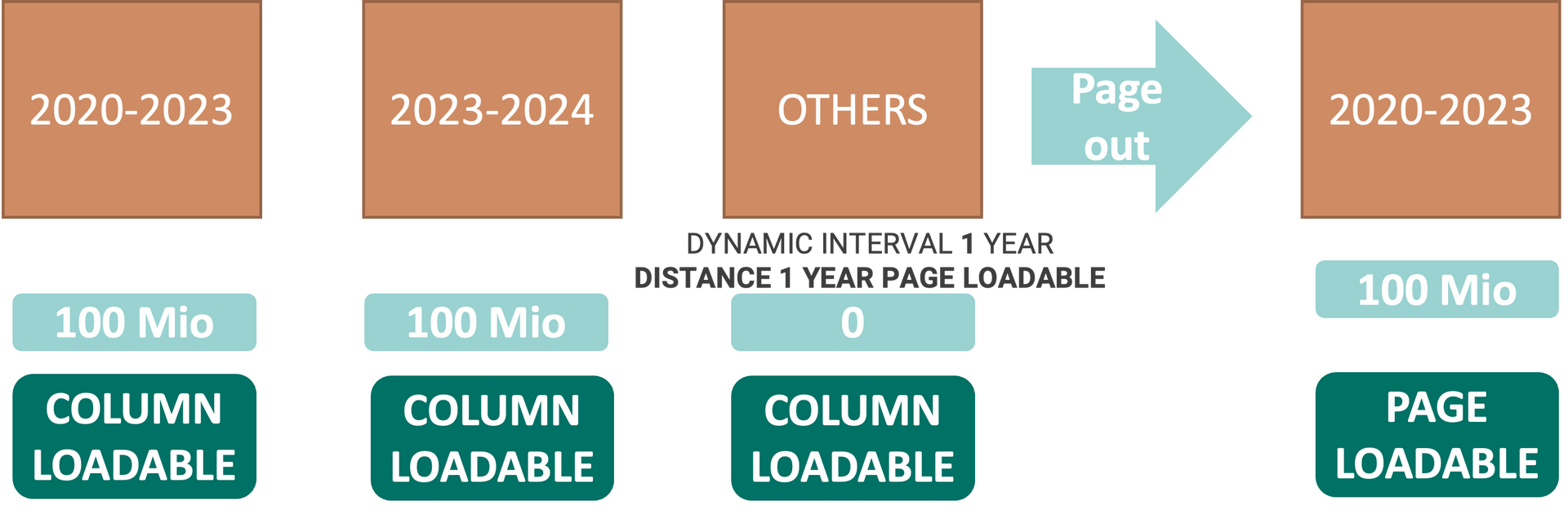

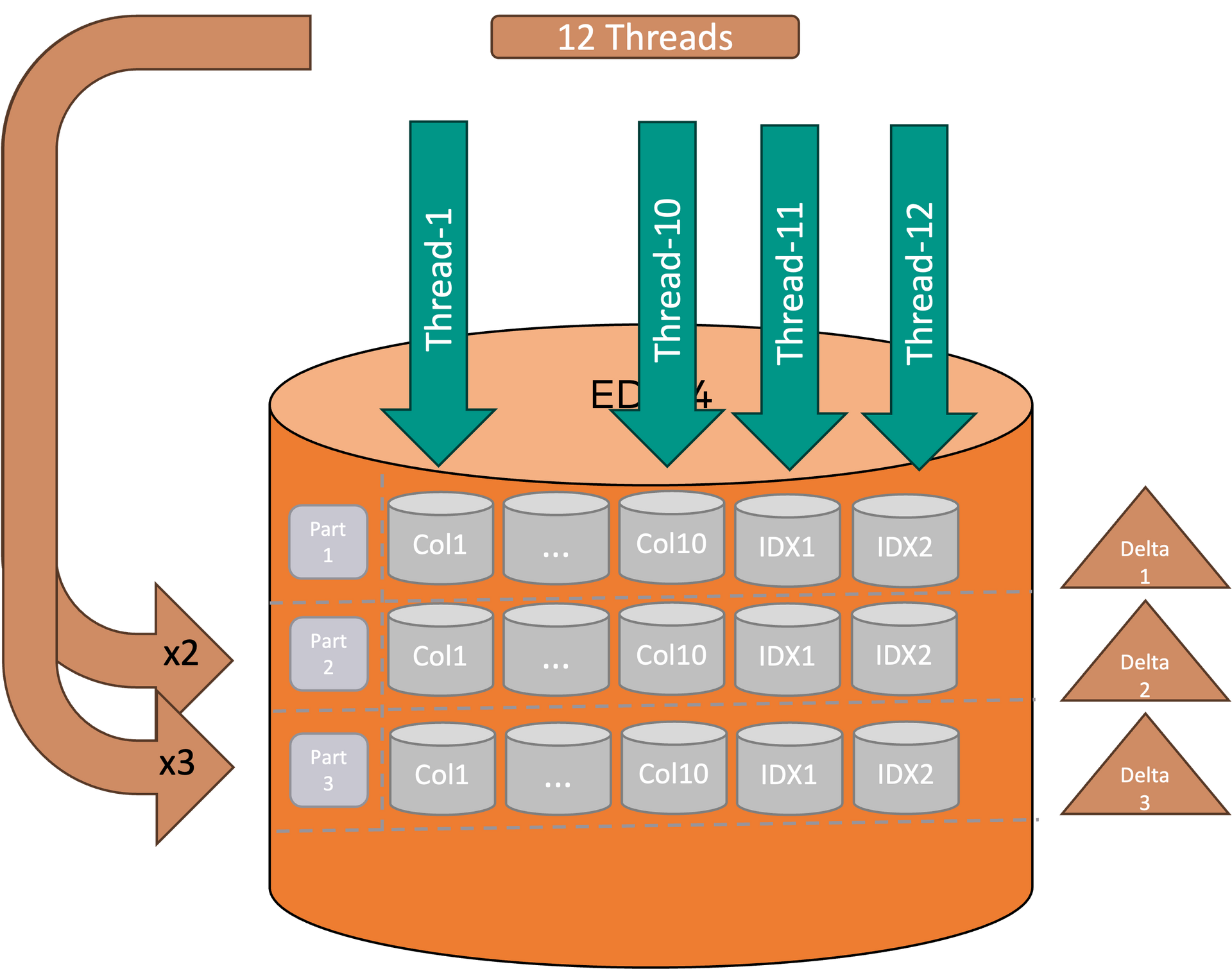
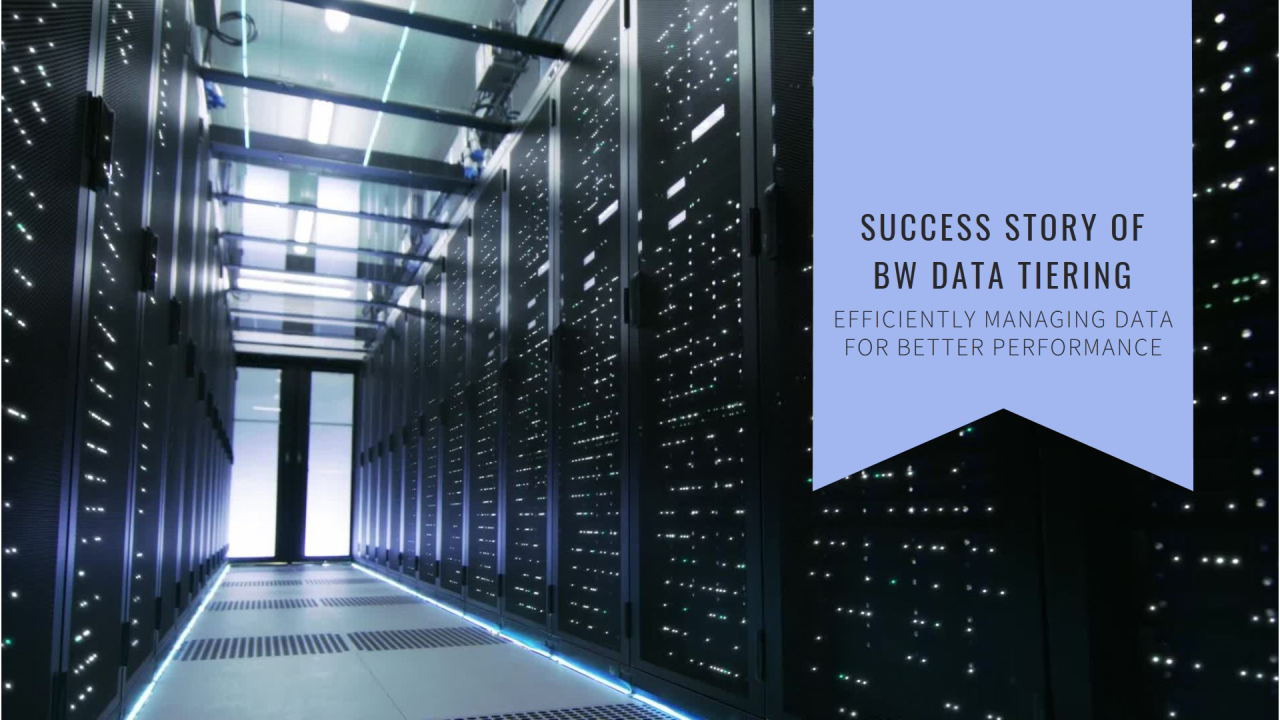
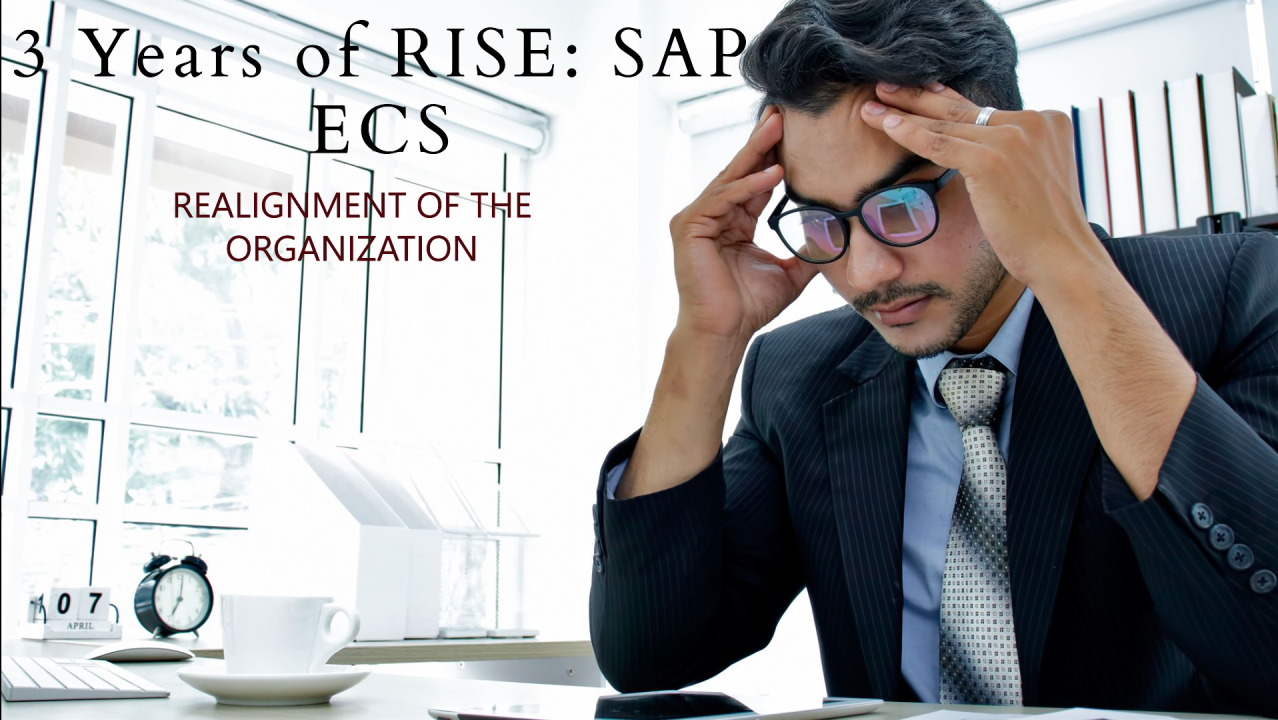
Starting with RISE with SAP in 2021 the customers had responsible persons at ECS for several different tasks depending on their contract:
Depending on the contract, these can also be dedicated people for one or more customers.
For this reason SAP introduced SAP ECS PC3 (SAP Enterprise Cloud Services Private Cloud Customer Center) a new digital delivery engagement model already back in 2022.
The SAP Enterprise Cloud Services Private Cloud Customer Center (PC3) - a new digital delivery engagement model dedicated to manage service delivery for RISE with SAP S/4HANA Cloud, private edition customers.
Why is this important now? SAP is transitioning all existing and new customers from the classic CDM/TSM model to the digital model in a phased manner.
What effect does the change have? Most of the roles like TSM or CDM will disappear. Successor of those roles: PC3 Digital Customer Engagement Manager (dCEM)
A new escalation framework will be introduced.
Description: A team of dedicated Centers of Expertise, supporting diverse phases of the engagement lifecycle (Migration & Onboarding, Implementation, Go-Live and Operations).
The Digital Customer engagement Managers are available to support the customers during each stage of your engagement lifecycle.
Role Requirements (only a part of them)
=> interesting that HEC is still such present that it is mentioned as minimum requirement or is it a copy&paste issue? :)
IMPORTANT: The PC3 Mailbox is the main channel of communication with Enterprise Cloud Service Private Cloud Customer Centre.
IAE : Industry Account Executive
Owns the account relationship, governance across SAP line of businesses and Enterprise Cloud services and is contact for all contract related topics
CAA/PCA : Cloud Advisory Architect
The CAA works alongside SAP IAE to present solution to the customer and supports dCEM + build team during handover to deliver.
CSP : Customer Success Partner
This role is depending on your contract, so if applicable this person is responsible for orchestrate all SAP teams with a customer, conduct regular business reviews and proactively engage with the customer’s stakeholders to provide guidance and expertise.
Source of the information: digital service enablement page
SAP is still searching for CDM and TSM roles (status of the job posting: 12/2024) and parallel is searching for dCEM roles - I'm confused.
SAP remains true to the motto of change. As soon as the customer gets used to processes, they are "improved" and adapted. Also most of the ECS description will change like the ECS workspace was already renamed to "Private Cloud Workspace". Upcoming articles for further changes:








